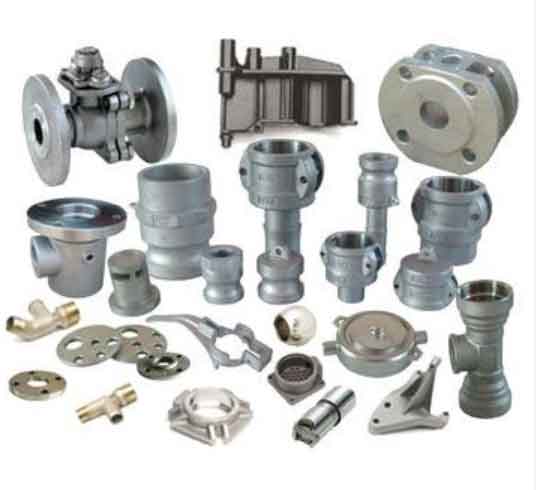Mastering the art of sand casting requires a combination of proper techniques, best practices, and attention to detail. Here are some key techniques and best practices to consider:

- Pattern Design: Begin by designing a high-quality pattern that accurately represents the desired shape and features of the casting. Pay attention to draft angles, core placement, and gating system design.
- Mold Preparation: Proper mold preparation is essential for successful sand casting. Ensure that the mold surfaces are clean and free from any contaminants or moisture. Apply mold release agents to aid in the separation of the casting from the mold.
- Sand Selection: Choose the appropriate type of sand for the casting process. The sand should have good flowability, compactability, and thermal stability. Consider factors such as grain size, shape, and binder type to achieve optimal results.
- Mold Assembly: Carefully assemble the mold by packing the sand around the pattern using proper ramming techniques. Ensure uniform and consistent packing to avoid defects such as voids, sand inclusions, or uneven surfaces.
- Gating and Riser Design: Design an efficient gating and riser system to facilitate proper metal flow and solidification. The gating system should distribute the molten metal evenly, while the risers should provide sufficient feeding of molten metal to compensate for shrinkage during solidification.
- Melting and Pouring: Select the appropriate melting technique based on the metal being used. Maintain proper pouring temperatures and techniques to ensure complete filling of the mold without causing turbulence or metal splash.
- Solidification and Cooling: Allow the casting to solidify and cool naturally without any abrupt temperature changes. Proper cooling rates help prevent defects such as cracks or distortion.
- Cleaning and Finishing: After solidification, remove the casting from the mold carefully. Clean any residual sand or gating materials from the casting using various cleaning methods, such as shot blasting, grinding, or chemical cleaning. Finish the casting as per the required specifications, such as machining or surface treatment.
- Quality Control: Implement a comprehensive quality control process to inspect the casting for dimensional accuracy, surface finish, and structural integrity. Perform visual inspections, non-destructive testing, and mechanical testing to ensure the casting meets the required specifications.
- Continuous Improvement: Regularly analyze the casting process and performance to identify areas for improvement. Implement feedback mechanisms, track defect rates, and conduct process audits to refine and optimize the sand casting process.
By mastering these techniques and best practices, you can achieve high-quality sand castings with consistent results. It is also important to stay updated on the latest advancements in sand casting technology and materials to further enhance the casting process.
